
From Robes to Modern Gowns The History of Graduation Cap and Gown
No one walks across the graduation stage without feeling the weight of the moment. That cap. That gown. They aren’t just ceremonial garments. They tell stories of centuries. They echo steps taken in candle-lit halls of medieval universities. When a student today throws their cap into the air, they unknowingly participate in a long legacy. The history of graduation cap and gown does not start in modern schools. It rises from sacred institutions, religious roots, and academic transformations. And this tradition stands tall even as cultures evolve.
Here, we will discuss the history of graduation cap and gown.
Echoes of the Past: Why Scholars First Wore Robes
The origin of the graduation gown and cap history reaches into the very birth of structured learning. Europe in the 12th century paints a picture of students not in jeans or sweatshirts, but in long robes with heavy hoods. Why? The answer lies in their classrooms. Cold stone walls. No heat. These scholars needed warmth as much as wisdom. But there is more to it. Most teachers were members of the clergy. Their outfits reflected their spiritual duties. Academic life and religious life overlapped. Students followed. Thus, the history of graduation gown and cap begins not with fashion but with function and respect.
Oxford and Cambridge: The First to Shape Academic Dress
If one asks, what is the history of graduation cap and gown, they find a key chapter in Oxford and Cambridge. These universities do not just stand as places of learning. They set the stage for academic tradition. By the 14th century, strict rules appeared. Everyone had to wear gowns. Why? To guarantee equality. To remove distractions. To preserve unity. There was no room for excessive clothing or social display. Your academic robe was your identity. It told others that you belonged to the pursuit of knowledge. You were now part of something sacred.

The Evolution of the Cap: From Birettas to Mortarboards
While the robe served both spiritual and practical roles, the headwear took a different path. The modern square cap, often misunderstood, draws from a complex history. Historians trace its roots to the biretta. Catholic scholars and clerics used this stiff, square hat to mark their place in religious and intellectual circles. Over time, it morphed. Its square top became wider. Flat. Structured. Like a book. Some believe it mirrors the university quadrangle—a nod to structure and enlightenment. Others argue it reflects the mortarboard used by builders. Either way, this evolution shaped the graduation cap and gown history as we know it.
Ceremony, Identity, and Symbolism: More Than Just Fabric
To wear a gown is to step into a story. This is not just clothing. This is transformation. In ancient times, clothing often marked change. From child to adult. From novice to master. From outsider to insider. Graduation garments carry that power. They signal that a student is no longer what they were. They enter the world with a new title, a new place. That is the history behind graduation cap and gown. That is its purpose. To reflect movement. To make achievement visible.
Colonial America and the Spread of Academic Dress
When American universities take root, they do not create new customs. They borrow. They look to Europe. The history of the graduation cap and gown travels across the Atlantic. Institutions like Harvard and Princeton adopt similar robes and caps. But as America grows, so does its interpretation of tradition. After the Civil War, academic regalia shifts. It becomes a symbol not of daily student life but of ceremony. The cap and gown now represent a milestone, not an everyday identity.

Changes in Color, Fabric, and Meaning
The early versions of these gowns are heavy. Often black. But change arrives in the mid-1900s. Schools begin to explore colors. They want to represent themselves. Stand out. Just like coats of arms in medieval times, colors become a badge of belonging. Some choose deep blues. Others pick vibrant reds. And while the styles remain classic, the fabric becomes lighter. More wearable. More inclusive. Still, the core of the tradition stays untouched. Graduation cap and gown history continues to blend new touches with old meaning.
The Hood: Once for Warmth, Now for Honor
The hood originally protects scholars from cold winds. Now, it shows academic achievement. Its color reveals the field of study. Its lining mirrors the institution. Its shape indicates the degree level. In many ways, the hood tells a complete story. One look, and you know what the graduate has studied and how far they have come. This transformation adds another layer to the history of graduation gown and cap. Utility gives way to honor. What warms the back now warms the pride.
The Tossing of the Cap: A Modern Ritual
A curious observer might ask why students throw their caps into the air. It is not part of the original graduation cap and gown history. In fact, it starts in the U.S. at the Naval Academy in 1912. When officers graduate, they receive their commissioned hats. So, they toss the old ones. Others follow the gesture, though they do not receive replacements. The act sticks. Now, students around the world join in. One motion. One sky. Many dreams. The tradition may be new, but the emotion behind it is timeless.

A Reflection of Culture: Global Variations in Academic Dress
Not every nation follows the same script. In Scotland, one may see gowns without hoods. In Japan, graduates wear hakama or suits instead of robes. In South Africa, colors and trims reflect not just schools but also national identity. The history of graduation gown and cap takes different paths in different lands. But the heart of the ritual remains. Respect. Achievement. Transition. Every thread and stitch tells a local story shaped by global roots.
Modern Influence: Media, Fashion, and Commercialization
The academic regalia once belonged solely to scholars. Today, it appears in movies, music videos, and advertising. Designers now create personalized gowns. Embroidered initials. Custom caps. Gowns tailored for social media moments. Graduation attire is no longer just tradition. It becomes self-expression. Still, the foundation holds. The history of graduation cap and gown keeps its dignity, even as it dances with modern trends.
Controversies and Conversations: Rethinking Regalia
Not all changes receive applause. Some call the cap and gown outdated. Others argue it excludes those who cannot afford the extras. Schools now explore rental options. Simplified attire. Eco-friendly fabrics. Cultural add-ons like stoles or beads. These conversations don’t end the tradition. They renew it. They ask: what does the robe mean now? How can it grow with the times? These debates add new chapters to graduation gown and cap history.
The Future of Graduation Garments: Innovation Meets Tradition
Technology begins to touch even this tradition. Gowns made from recycled bottles. Caps with QR codes. Digital tassels. Virtual ceremonies. Yet, students still wear the same basic shapes. They still walk the stage. Still shake a hand. Still move a tassel from one side to the other. Some customs evolve. Others anchor us. The history behind graduation cap and gown holds its place, even as the world moves faster.

The Inner Meaning: Why It Still Matters
Ask any graduate. They may say they wear the cap and gown because they have to. But watch them. The moment they zip up that robe, something shifts. They smile. They stand straighter. They feel different. This is not just clothing. This is ceremony. It says, "You did it." This is what the history of graduation cap and gown protects. It guards the moment. It seals it in dignity.
From Robes to Modern Gowns: A Legacy Worn with Pride
In the end, one does not need to know every fact to feel the power of the tradition. But when you do understand the depth—the evolution from religious robes to modern expressions—the experience grows richer. The history of graduation cap and gown does not belong only to scholars or historians. It belongs to every student. Every proud family. Every community that celebrates growth. And as long as students walk across stages and tassels swing beside smiles, this tradition lives on.
Conclusion
Graduation is not just a ceremony. It is an adventure. And the robe, the cap, the hood, the tassel—they all play their part in that adventure. The history of graduation cap and gown connects generations across centuries. It honors the past, holds the present, and welcomes the future. Each time it is worn, it carries the whisper of every graduate who came before.
The next time someone asks, what is the history of graduation cap and gown, you can smile. You know it is not just history. It is heritage.
Follow us on Facebook and Instagram to stay inspired with the latest formal dress trends, styling ideas, and seasonal collections.





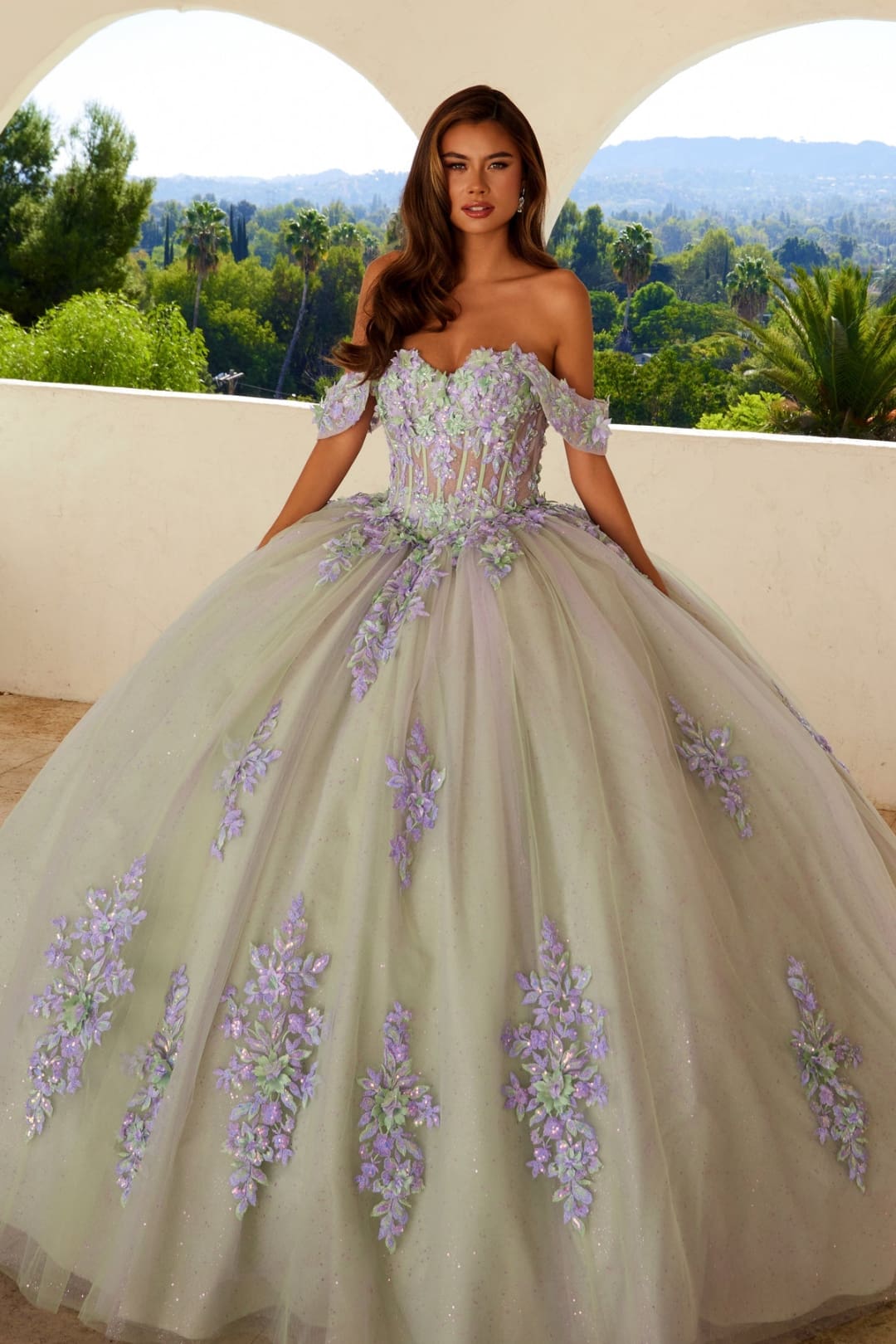

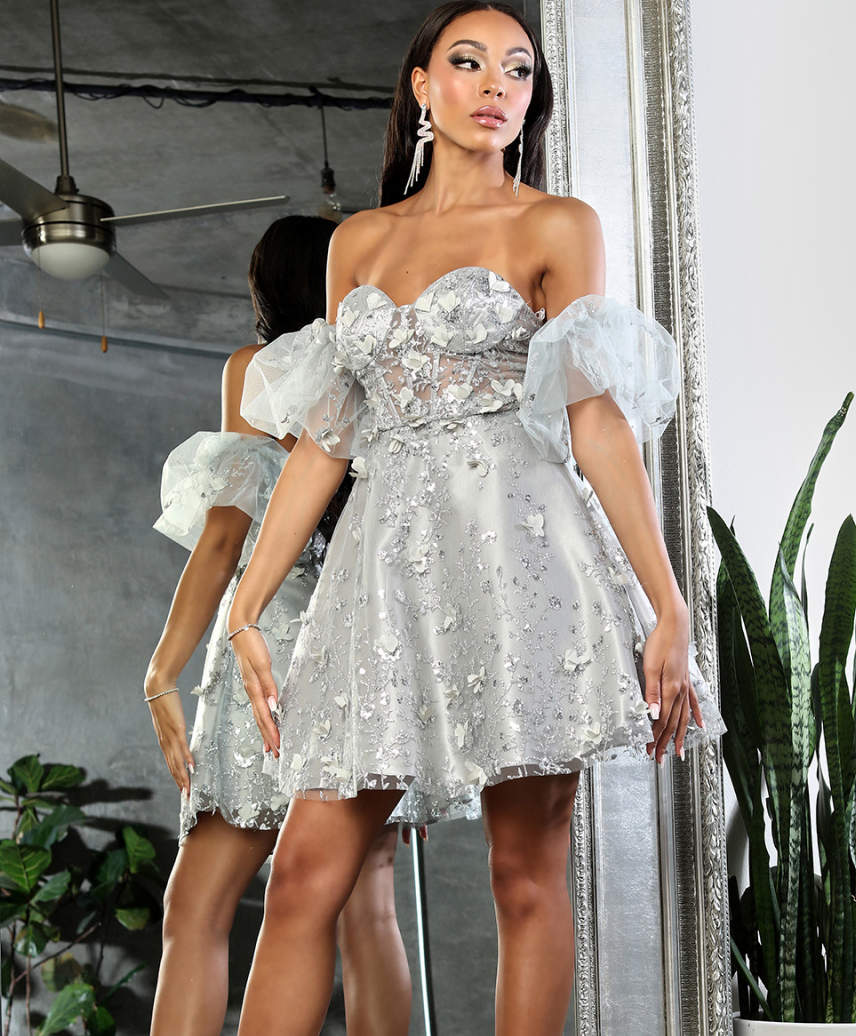

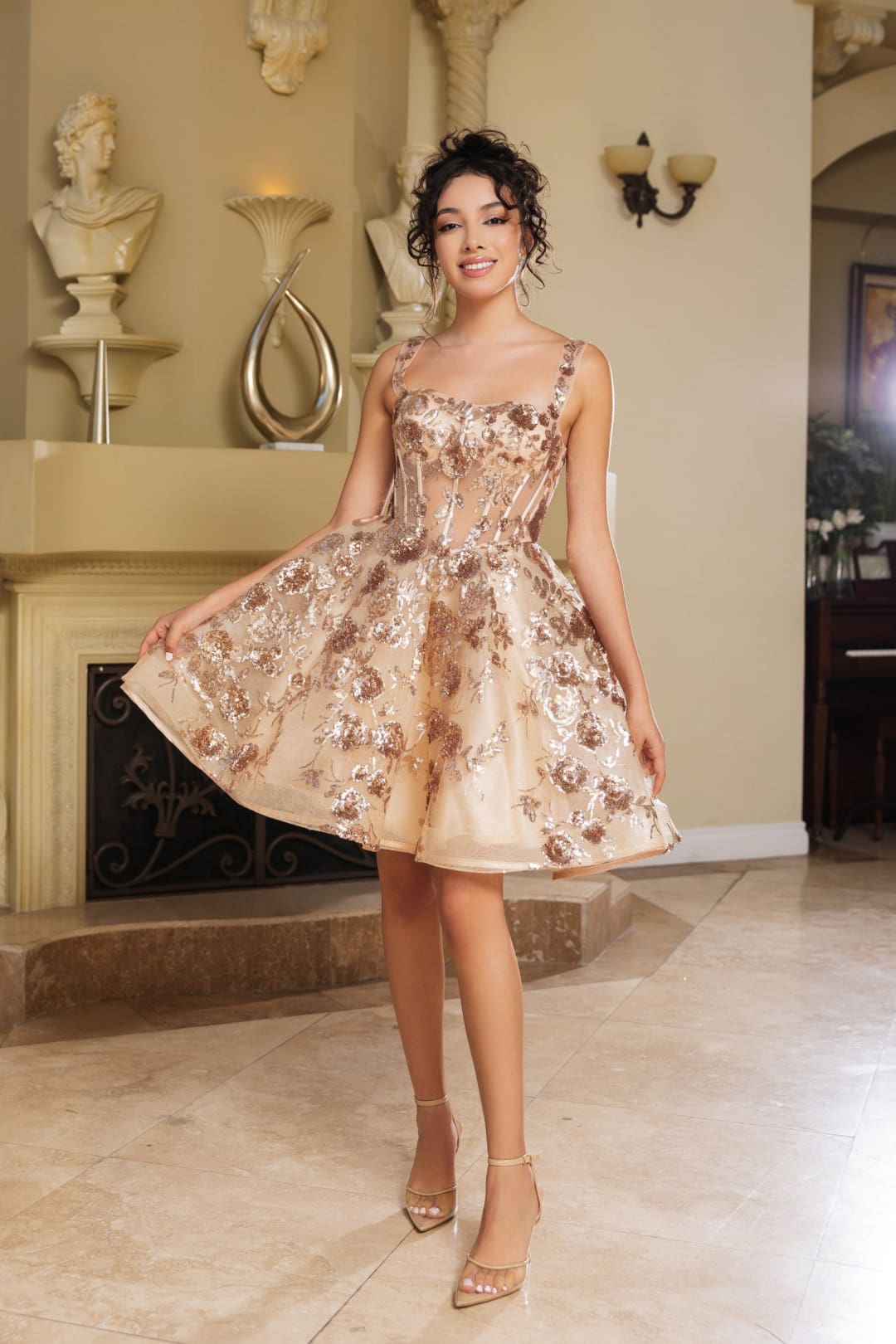

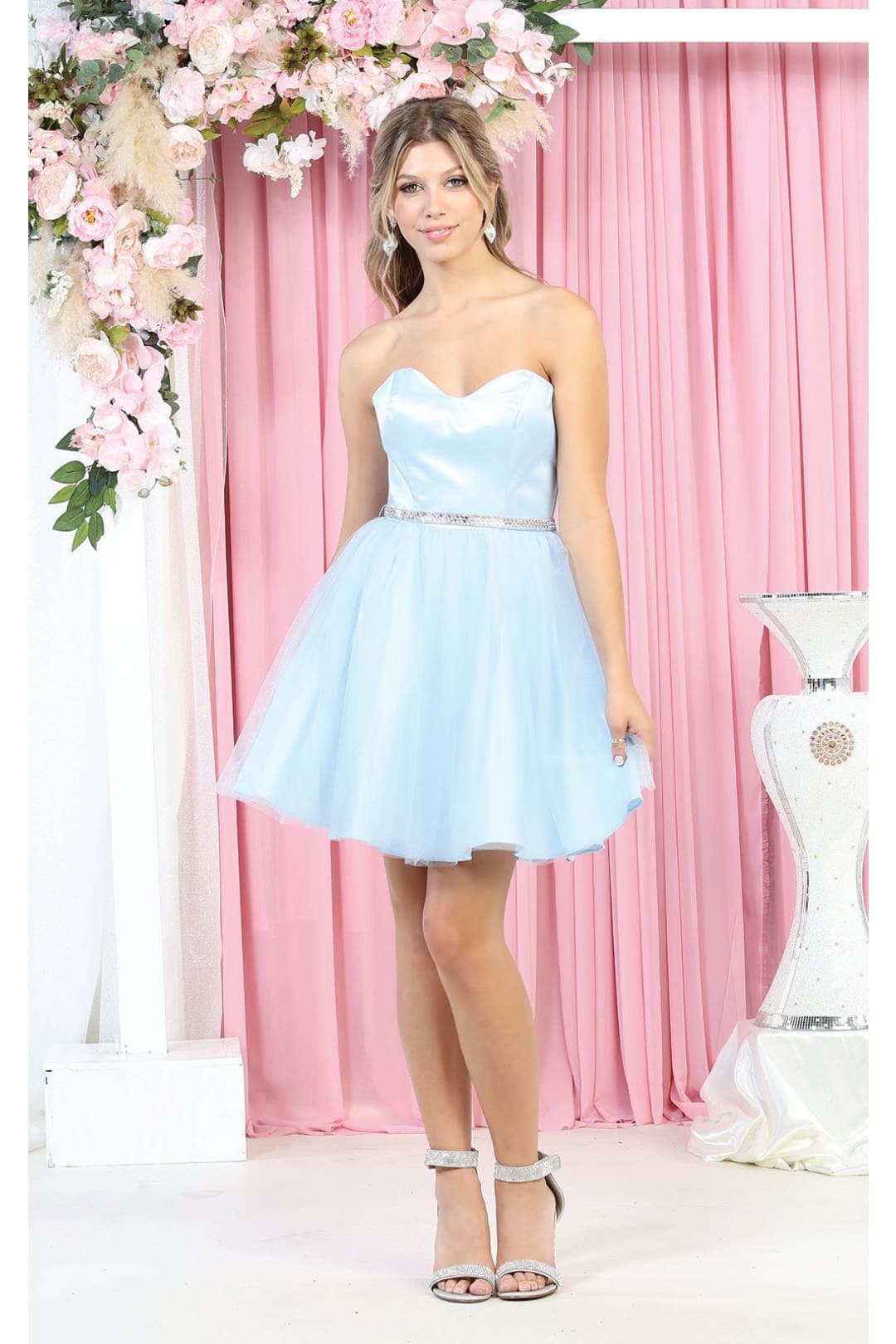




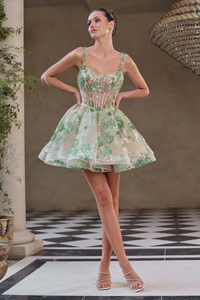


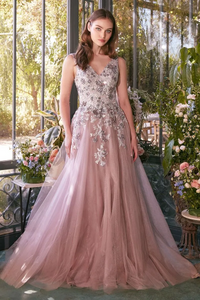

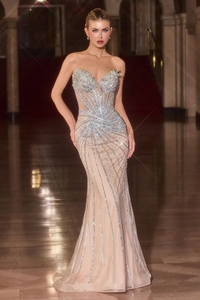
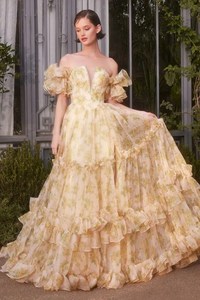
Leave a comment
This site is protected by hCaptcha and the hCaptcha Privacy Policy and Terms of Service apply.